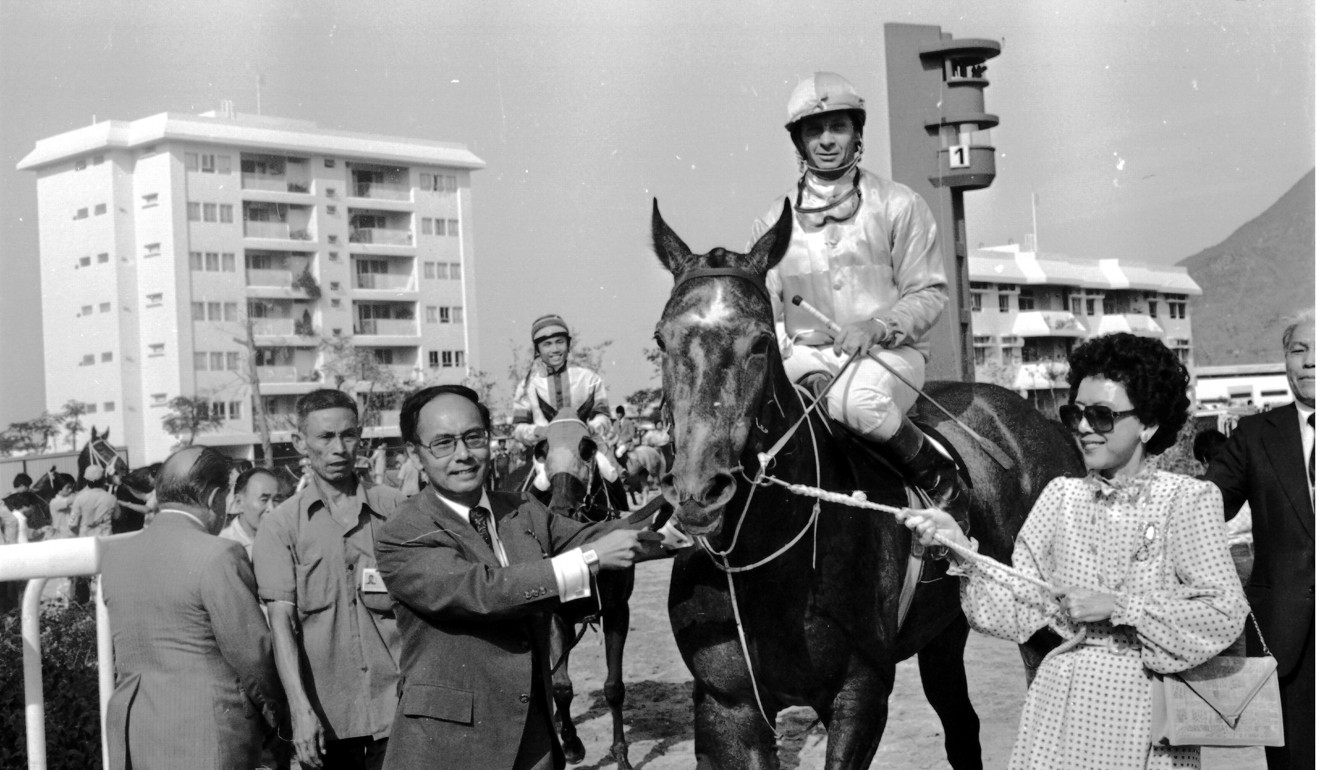
How Hong Kong’s second racecourse came into being – despite opposition from villagers
The idea behind building a multimillion-dollar racecourse in Sha Tin, in the city’s New Territories, to complement storied Happy Valley track was to ‘push Hong Kong into the forefront of world racing’
“Government approves proposal for second race track”, ran the headline in the South China Morning Post on October 20, 1971.
“The Governor-in-Council yesterday approved in principle the Royal Hongkong Jockey Club’s proposal for an international racecourse in Shatin,” the story continued. “It was Sir David Trench’s last official act before relinquishing his post as Governor of Hongkong.”
The announcement came six years after the Post first reported, in October 1965, that the Jockey Club was seeking to build a second racecourse in Shatin, a proposal that was turned down by the government Racecourses Committee in August 1968 because the estimated cost of HK$168 million was thought too high.
On March 17, 1973, the Post revealed more details under the headline “Second racecourse will seat more than 35,000”.
“It will be built on 230 acres of reclaimed land in Tide Cove, off Ho Tung Lau,” the story continued. “It is estimated that 16 million cubic yards of filling material will be required for the major reclamation. The material will be taken from borrow areas which will later be developed as part of Shatin New Town.”
Trouble brewed in late 1973, when on November 6 the Post reported that a dispute had arisen with local villagers over the “procurement of filling materials” that would require the removal of pine trees and ancestral graves. Next it was the turn of local fishermen, who, in 1975, claimed their catches were dwindling as a result of the reclamation. Battles between fish farmers and police ended with 10 people in hospital, and the fishermen charged with causing an affray.
In a 1977 story, the Post reported work on the racecourse was progressing well. “The stable complex at the northwest end of the racecourse is designed to accommodate 500 horses […] The racecourse will consist of three tracks. The oval shaped outer turf track will be about 9.4 furlongs in length and 100 feet wide. On the inside of the turf track will be an all-weather track [and inside that] will be a sand track for training horses.”
The story signed off: “The first race meeting at Shatin is scheduled to be run on October 7, 1978, at 2 pm. See you then!”

On October 7, 1978 – the day of the inaugural race meeting – the Post ran the headline: “Shatin sparks ticket fever”. The story reported that 15,000 public admission badges had been snapped up by punters within 90 minutes at 15 off-course betting centres around the territory the previous day, with “pandemonium” breaking out at centres in Mong Kok and Western district and police called in to maintain order.

“In a word – stupendous”, ran the headline on October 8, 1978. “The race to push Hongkong into the forefront of world racing ended in total triumph yesterday with the sensationally successful opening of the multi-million dollar Shatin racecourse.”
Thirty thousand fans had flocked to the track, and there could hardly have been a more auspicious start to the day, “for it was not the favourite that romped home ahead of the field in the $700 million racecourse’s debut. Instead, it was a brilliantly and aptly named 16-1 longshot; Money No Object”.
One veteran punter later summed up proceedings, saying: “In some ways, it is very much like Happy Valley … I still lost.”

